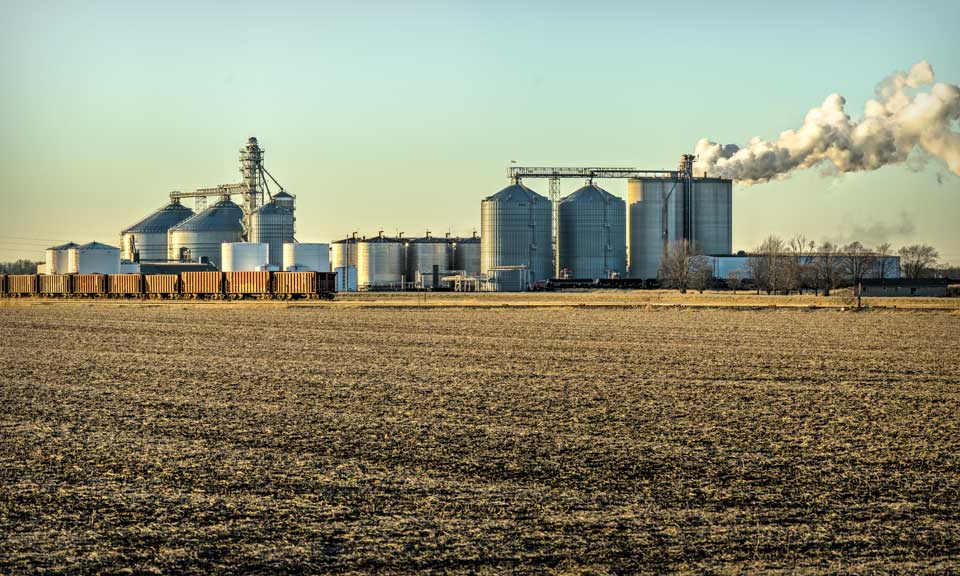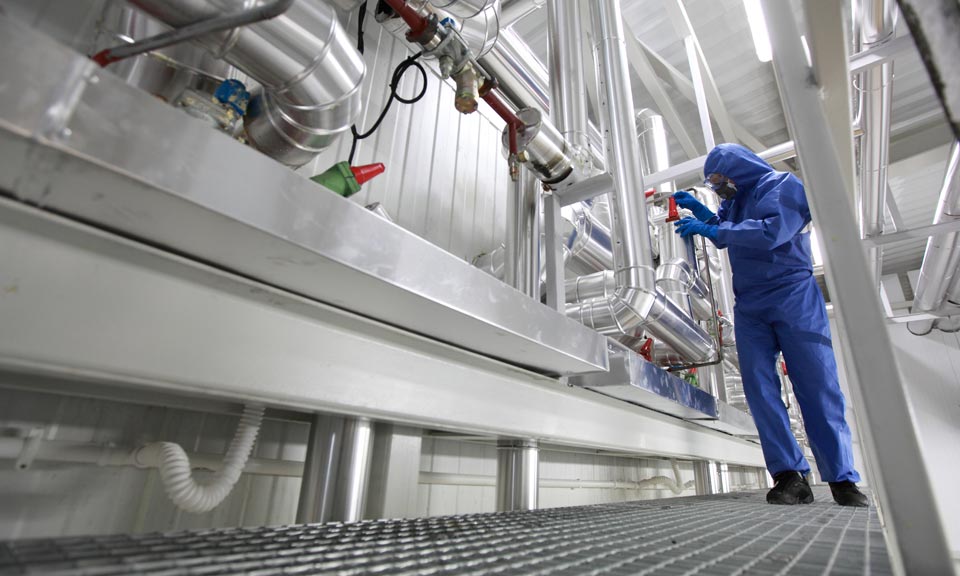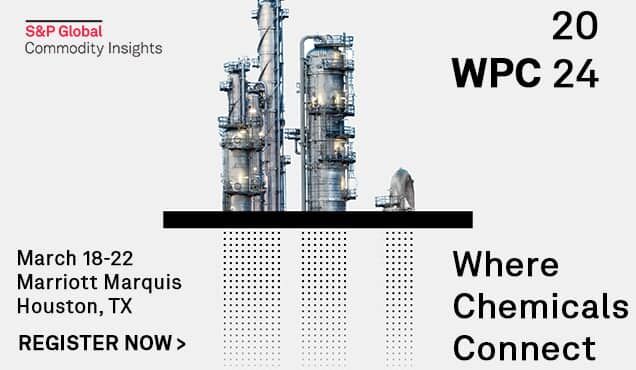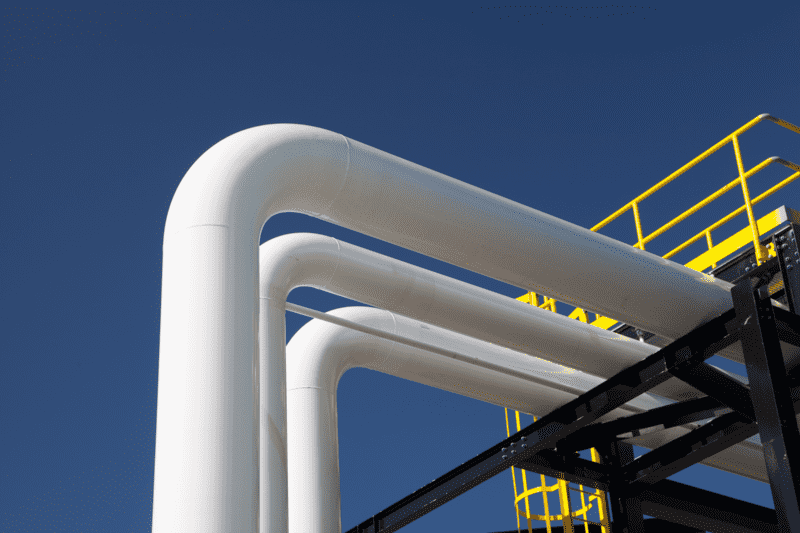Recycling in focus: Navigating plastics and metals circularity in 2023

The focus on price transparency in circular economy-based commodity products has been growing sharply in recent years, due to the stronger influence of environmental, social and governance (ESG) criteria, along with national and transnational legislation to promote the circular economy and reduce carbon emissions.
The growing importance of price transparency can be seen from well-developed commodity supply chains, such as steel and scrap markets, to more nascent ones in the recycled plastics market, both of which we will explore in this special report.

Thought Leadership
The price wall visualizes 258 of the most important price benchmarks assessed by Platts across various commodities from crude through to chemicals, LNG and carbon. The wall shows the price performance of these benchmarks over 2023 based on their indexed value from the first day of trading. Click on the commodity button to isolate different groups of resources to see which performed best in 2023, a year that saw dramatic changes in trade flows and demand because of sanctions and price caps on Russian commodities and a recovering post-COVID global economy. Isolate individual benchmarks by clicking on the tile to reveal a unique QR code to navigate to specific Platts methodology pages and average price data for 2022 and 2023. Click to start exploring

Thought Leadership
Platts Ammonia Price Chart illustrates monthly averages of daily assessments for gray, blue and green ammonia across a range of geographies and delivery options. This month's feature: Asia-Pacific blue ammonia prices extend discount to Europe, US (Latest update 28th February, 2024)

Thought Leadership
Our team of experts are excited for WPC 2024 where they will provide a comprehensive outlook on the economy, energy transition and climate strategies, energy and feedstocks, commodity chemicals, intermediates, specialty chemicals, related customer markets, mobility, and more. Register now Watch the short video series below for a quick overview of a few selected chemicals markets. Polyolefins – Jesse Tijerina, POLYMERS LEAD - AMERICAS Polyesters – Shannan Billings, DIRECTOR OF FIBERS Specialty Chemicals - Adam Bland, RESEARCH & ANALYSIS EXECUTIVE DIRECTOR Benzene – Katie Elliot, AROMATICS LEAD - EMEA Ethylene – Walt Hart, EXECUTIVE DIRECTOR OF AMERICAS OLEFINS & DERIVATIVES Butadiene – Bernd Helbing, DIRECTOR - C4S & ELASTOMERS Propylene – Larry Tan, OLEFINS LEAD - APAC Expanded comprehensive coverage At S&P Global Commodity Insights we cover everything from chemicals feedstocks to chemical building blocks, their derivatives, all the way to performance chemicals. And that's not all. Thanks to our expanded team of industry experts, now we cover even more chemical markets. Our capabilities include : • New price assessments • Long-term supply and demand by country • Short-term supply and demand by country • Price forecasts • Expert insights • Asset information • Suppliers of chemical products • Plant outages • Trade data and trade flows • Costs and margins • Specialty chemicals • Market news • Option of API delivery For more information, head to https://commodityinsights.spglobal.com/chemicals

Thought Leadership
Reliance Industries prefers to capture carbon and use it to manufacture other chemicals, deploying its own technology to reduce costs, rather than store in underground depleted wells, PMS Prasad, the company's executive director and member of the board said Feb. 6. Reliance Industries, which has a net zero target set for 2035, is implementing its bespoke plans for energy transition that incudes capturing carbon for utilization, Prasad said at India Energy Week 2024 in Goa which concludes Feb. 9. "We might be different... we are betting on technology," Prasad said in a panel discussion titled 'Bridge not barrier – how responsible oil and gas production can support climate goals'. "Our approach is based on how to reduce overall costs. It is based on end-to-end (links) and manufacturing and it is for internal purposes," he added. Prasad said Reliance's energy transition strategy involved making renewable components from scratch, be it the glass used in solar modules or the carbon composite material in wind turbines and blades or the electrolyzer, with the end goal of greater efficiency. For manufacturing electrolyzers, Reliance is not betting on any one technology such as PEM or Alkaline or AEM or SOEC. It is considering all technologies and working on them with a couple of partners, Prasad said. Similarly, it is developing battery technologies, betting on 2-3 technologies -- some it is developing on its own and some it is working with partners. "I have biogenic CO2 and when I have green hydrogen that's the easiest way to go to green chemicals such as methanol and ammonia," he said. "Capture the carbon and fix it into chemicals, not store It. That's our approach to CCS." Differing view Oil India, on the other hand, is studying carbon capture for use in enhanced oil recovery, or EOR, and storage, chairman Ranjit Rath, who was also in the panel discussion, said. "Both these options are under application -- the CO2 EOR is much lesser in component," Rath said. "From the policy perspective we can inquire what is the value? What are the guidelines? And what are the monitoring mechanisms?" Rath said Oil India collaborated with major emitters such as cement, thermal power and steel plants and would need to study on capturing CO2 -- looking at the prospects of an economic pipeline and transport to the distance where it would be injected. In a November 2022 report, NITI Aayog, a government think-tank chaired by the Prime Minister and advises on a range of economic and policy related issues, envisaged a policy of helping to build clusters with a business model and financial incentives for CCUS to work at a commercial scale, with a potential to reach 750 million mt/year of CO2 capture capacity by 2050. Green manufacturing Reliance's energy transition strategy banked on inhouse use first, whereby the company's own decarbonization would be prioritized. "We use the renewable power not for business, but internally to run our refineries and petrochemical complexes," Prasad said. To do this, Reliance is setting up a 20 GW/year gigafactories to produce solar modules, he said. "Then with solar, wind and storage, combined, we think we have a good chance of greening all our manufacturing," he said. Reliance was one of the winners of the Indian government's three-year subsidy for 450,000 mt/year of renewable hydrogen, tender results from Solar Energy Corp. of India showed in January. Reliance is also one of the winners of the government's electrolyzer subsidy under which it would receive a maximum incentive of Rupees 4.44 billion ($53 million) for a capacity of 300 MW bid by the company. Reliance said in 2021 it will invest $10 billion over three years to develop new fuels business based on 100 GW of renewable power capacity by 2030. The plan involves setting up four giga factories for manufacturing renewables equipment, battery storage, fuel cells and hydrogen at Jamnagar in the state of Gujarat.